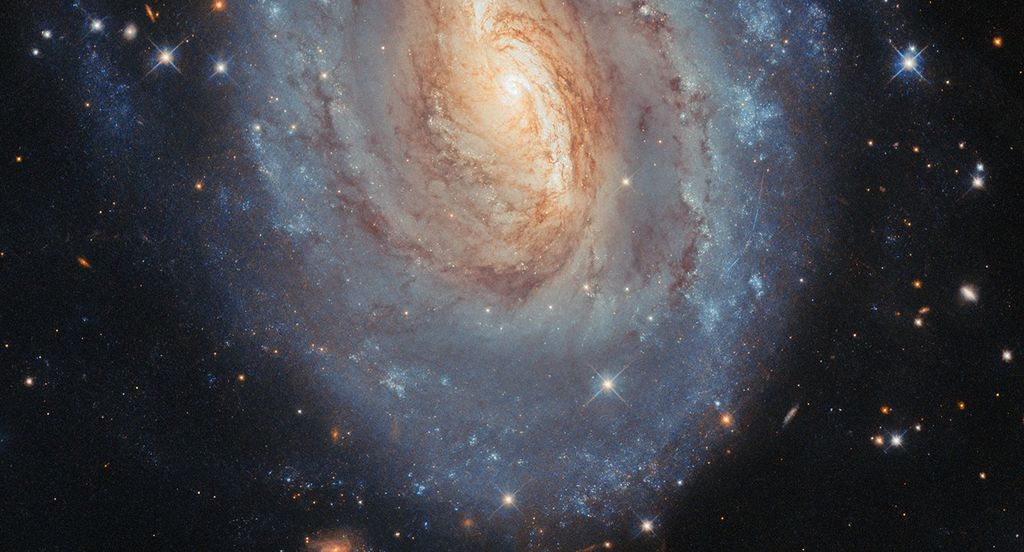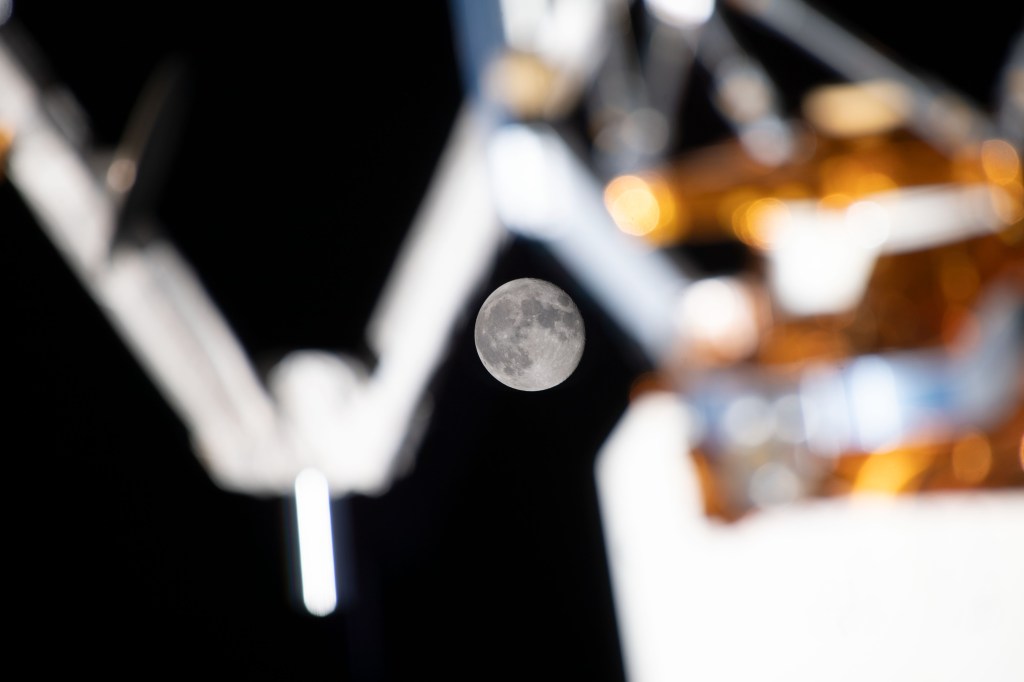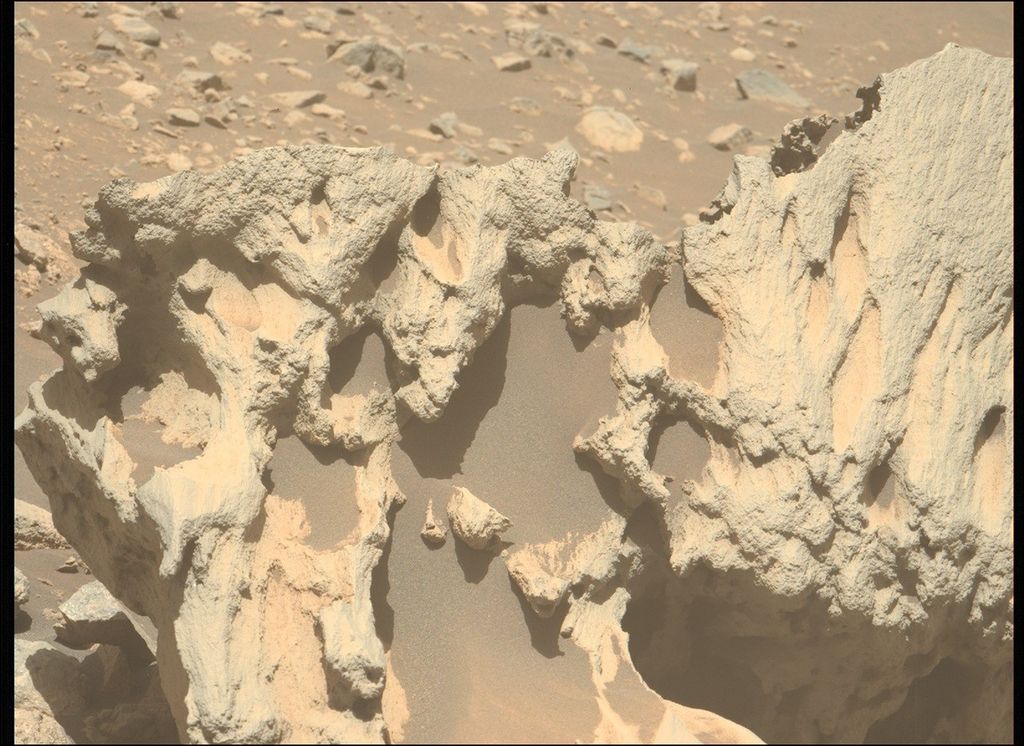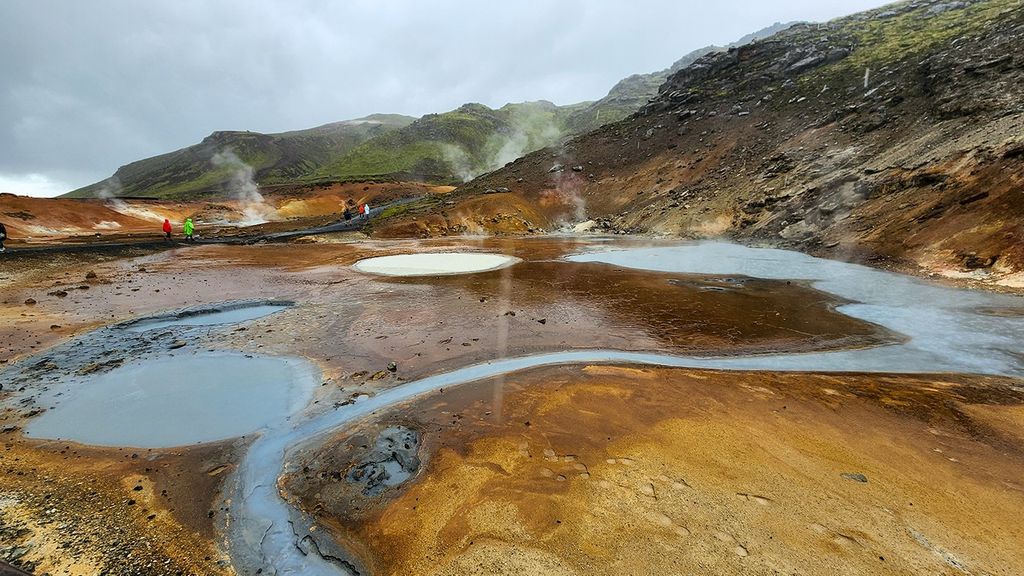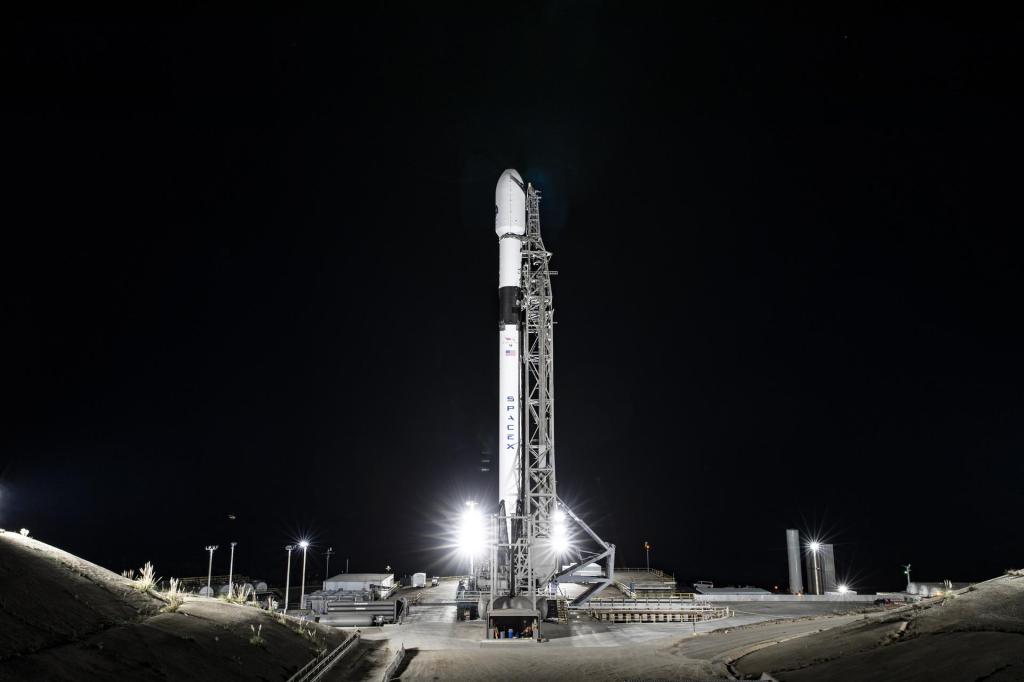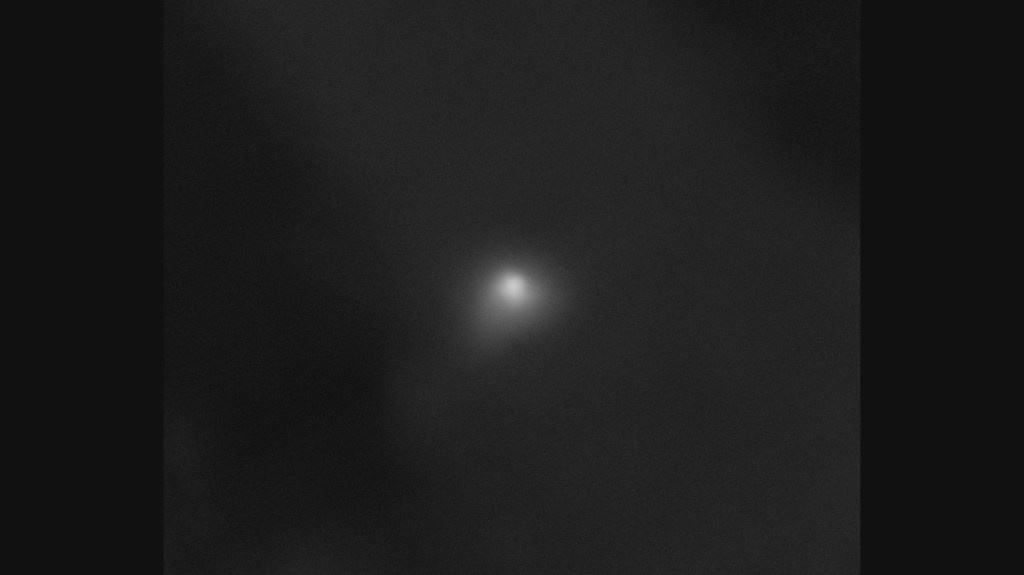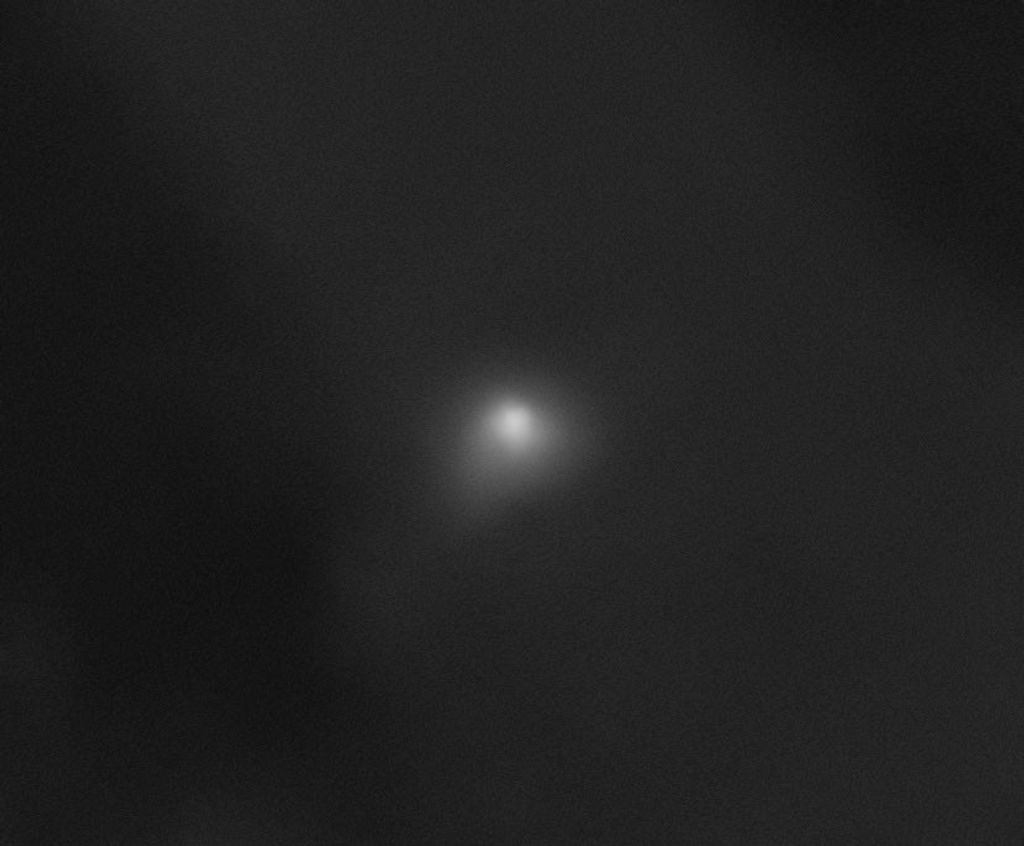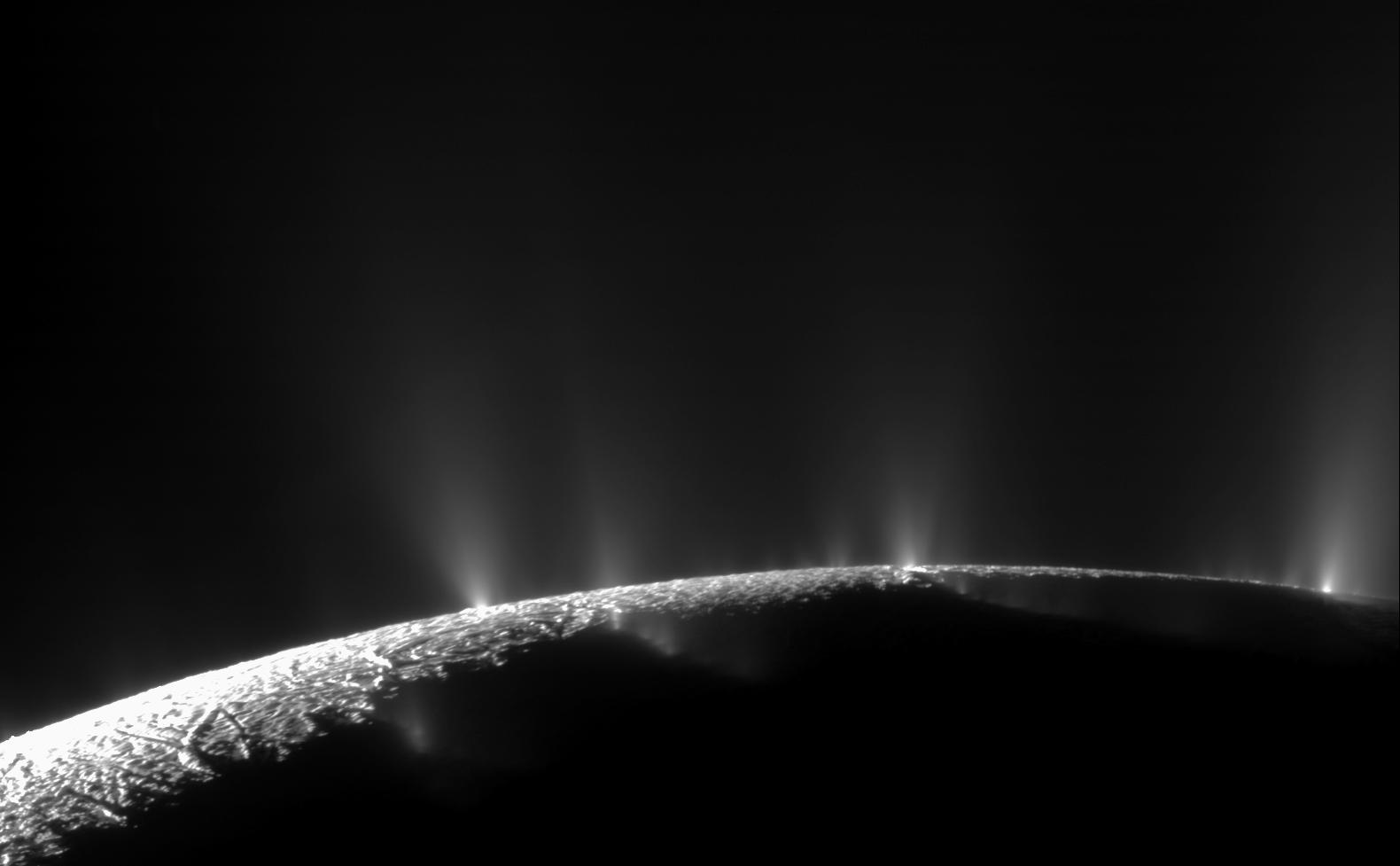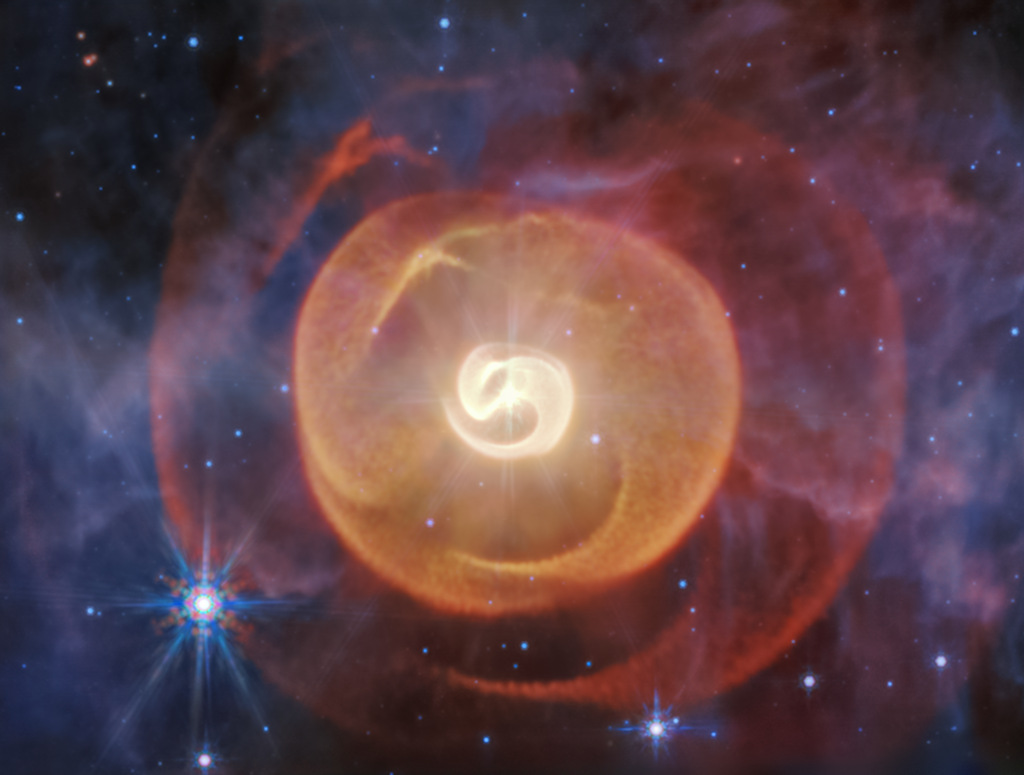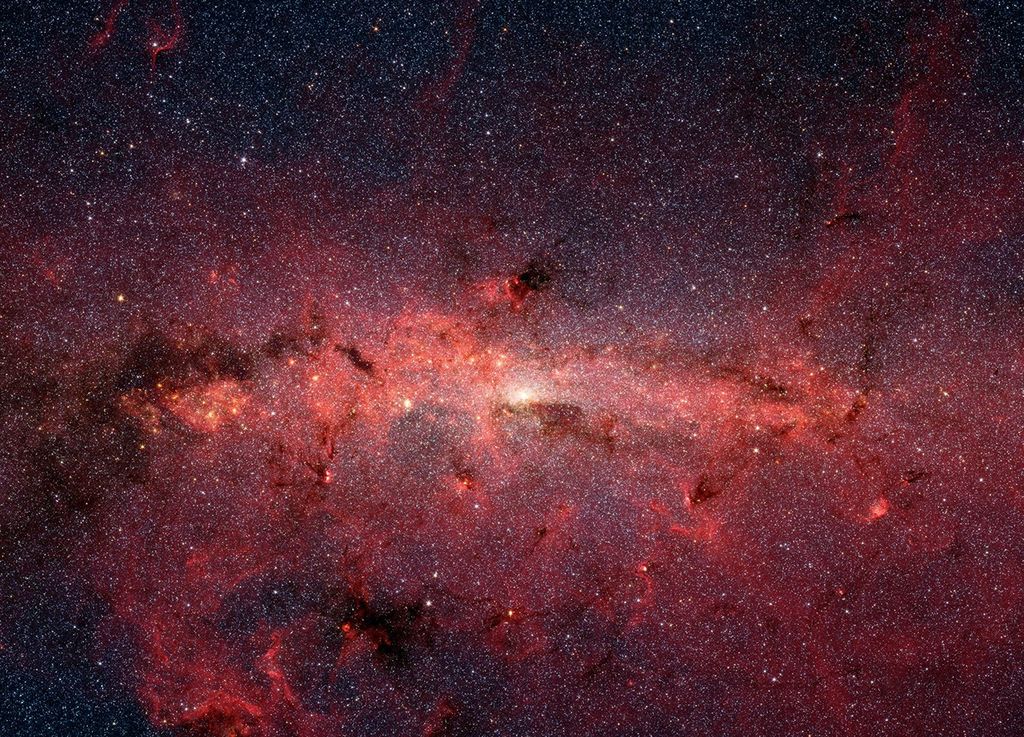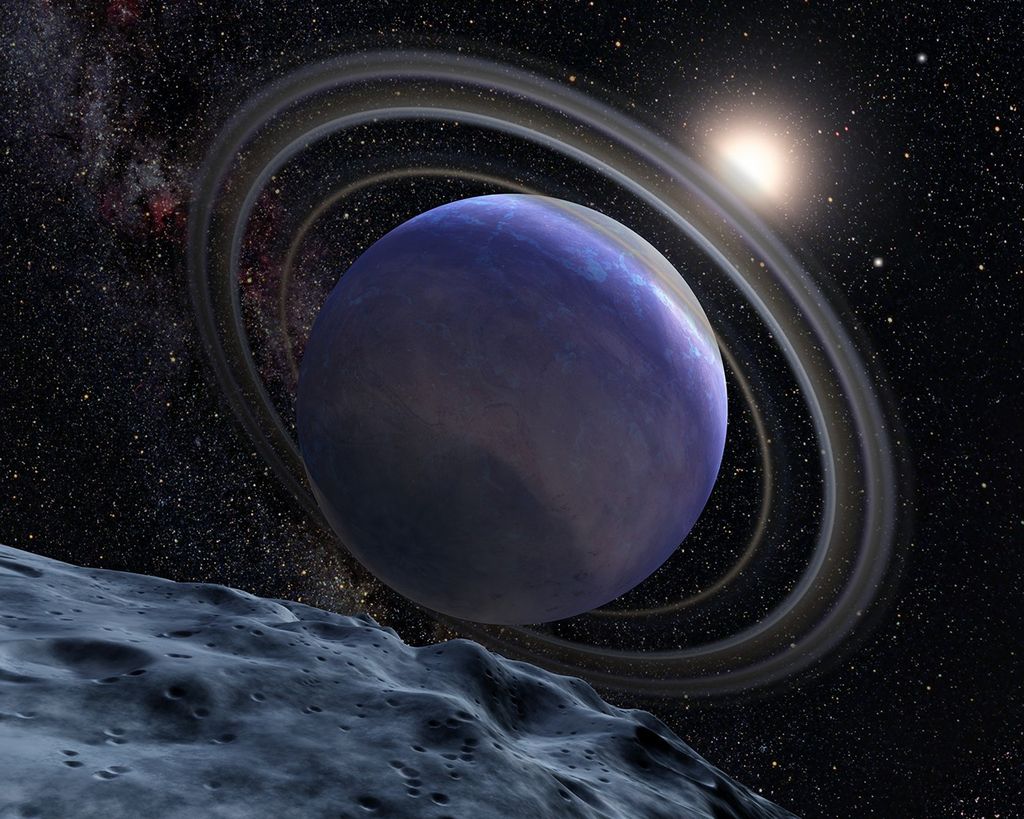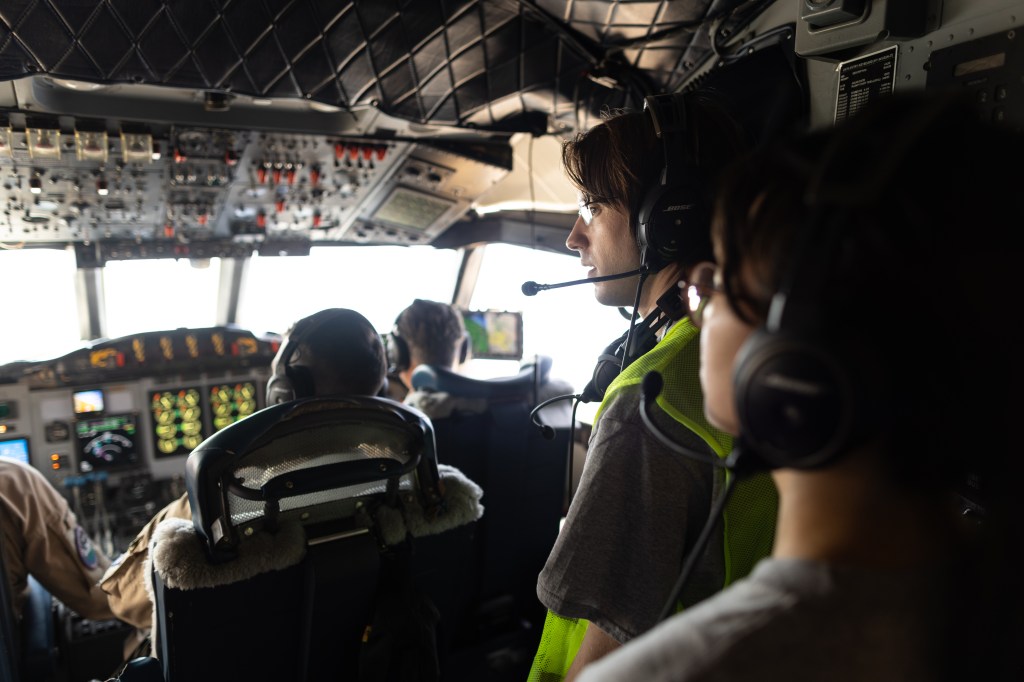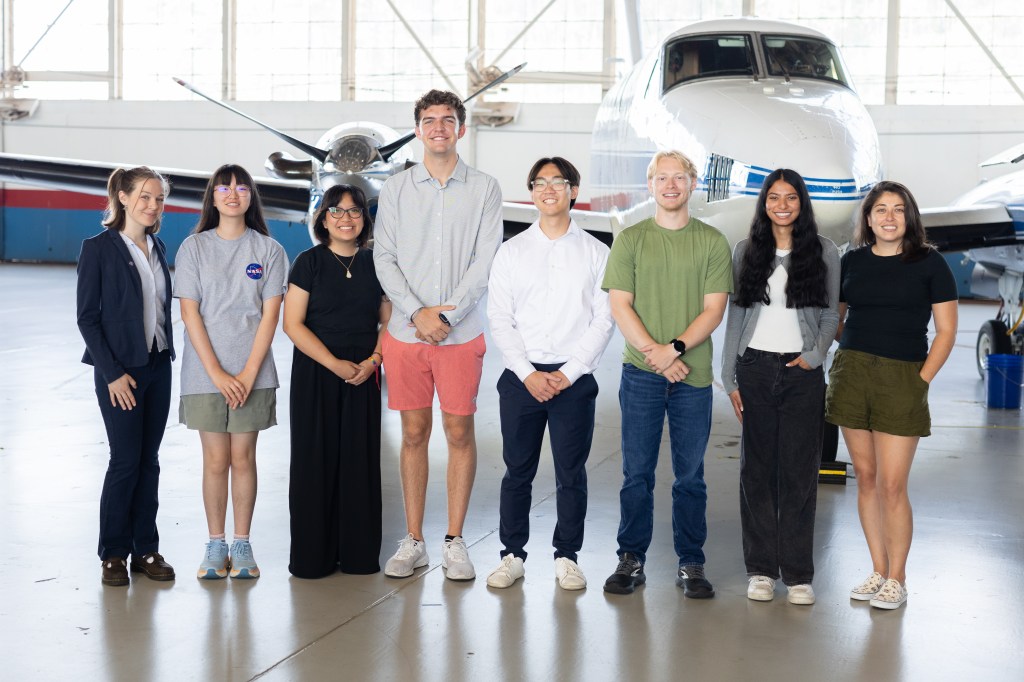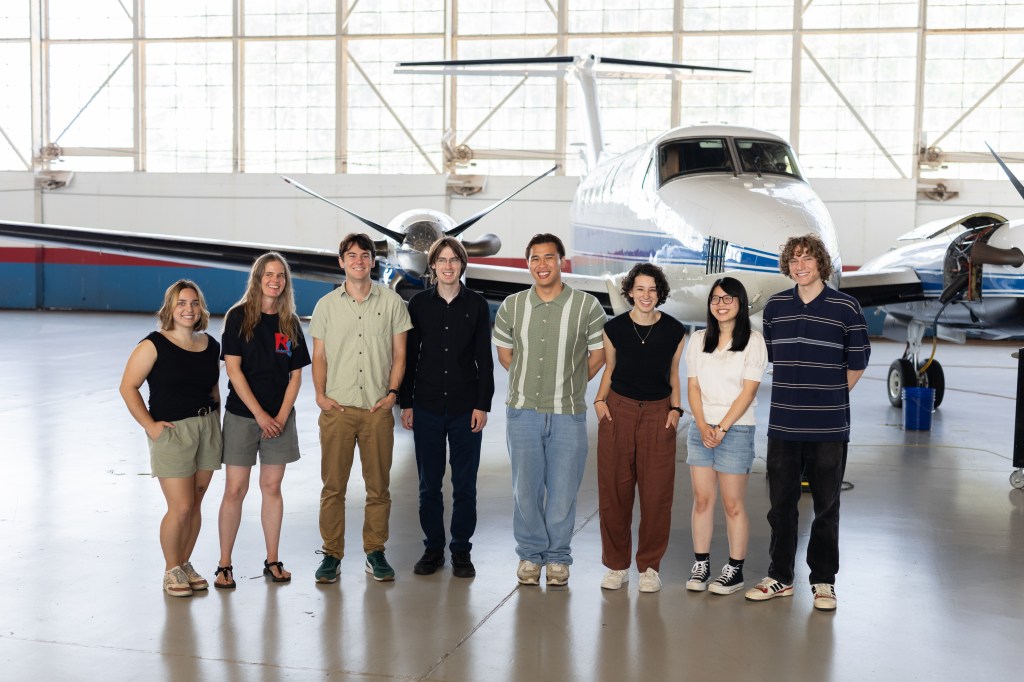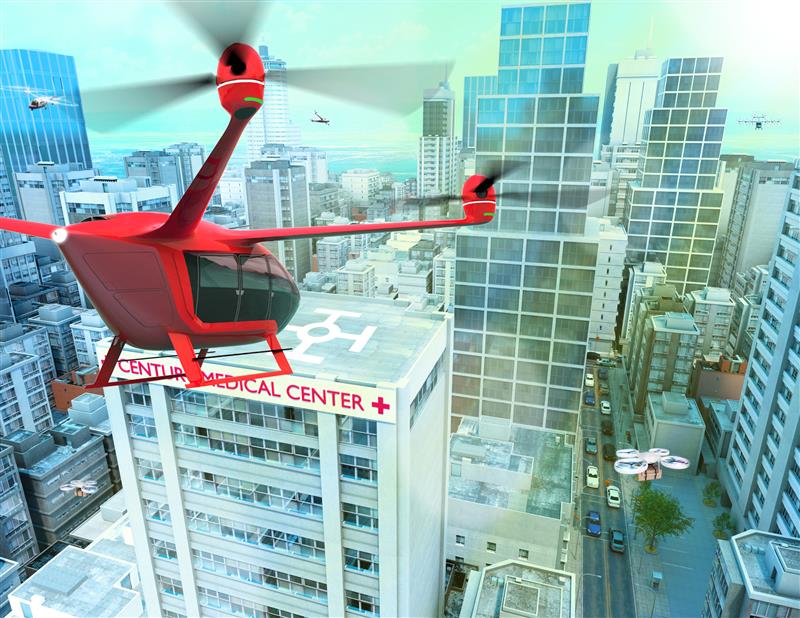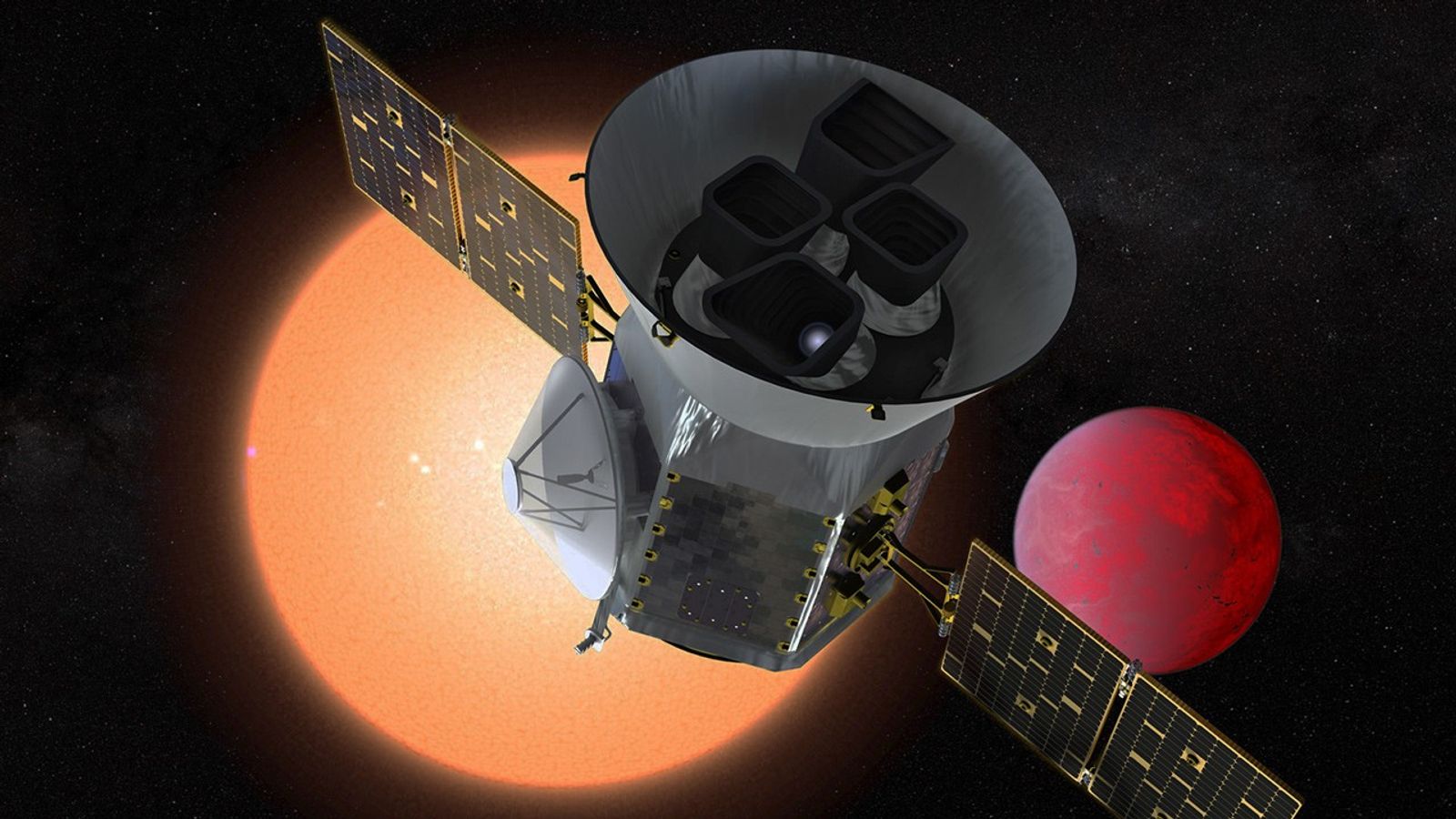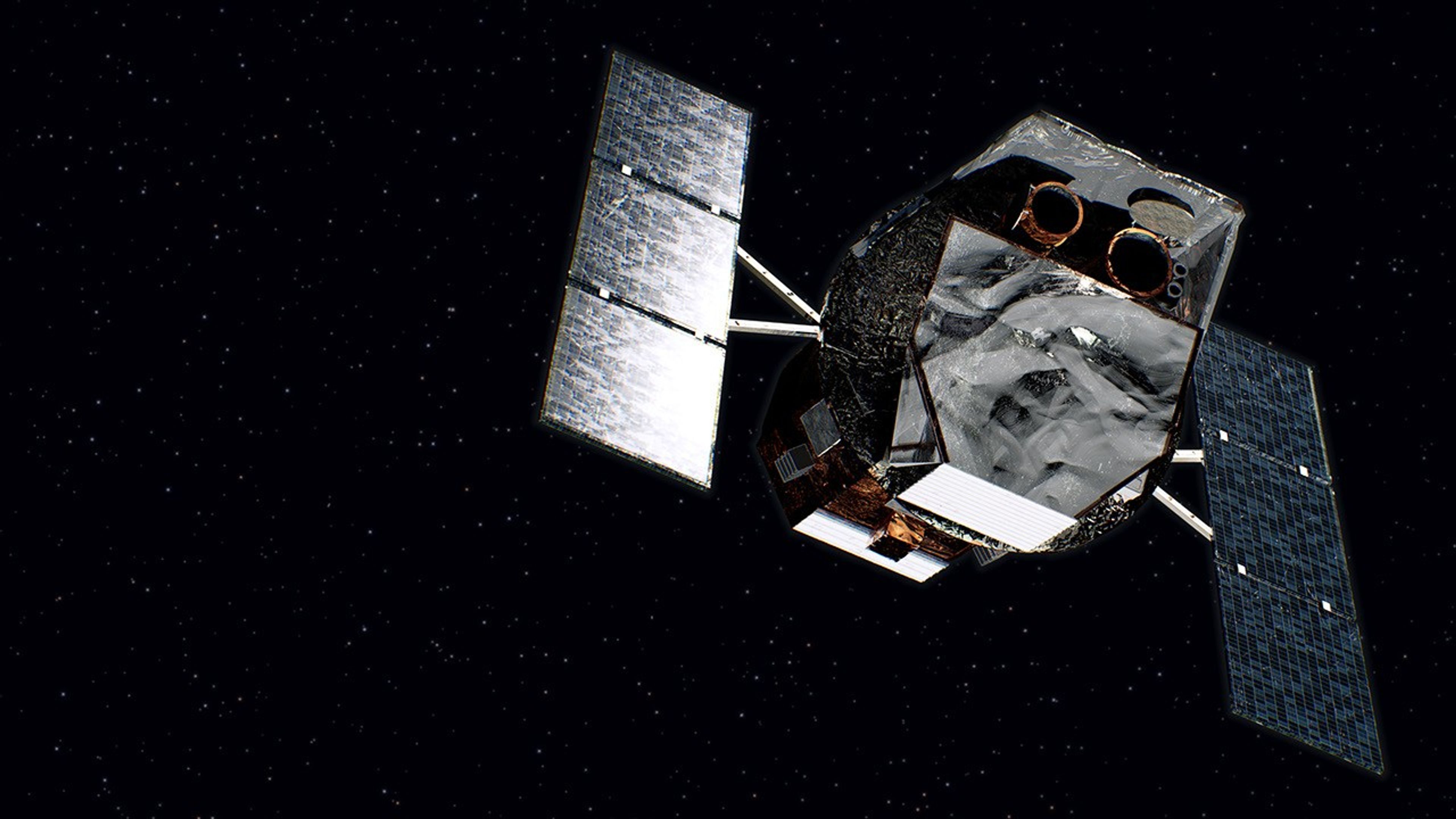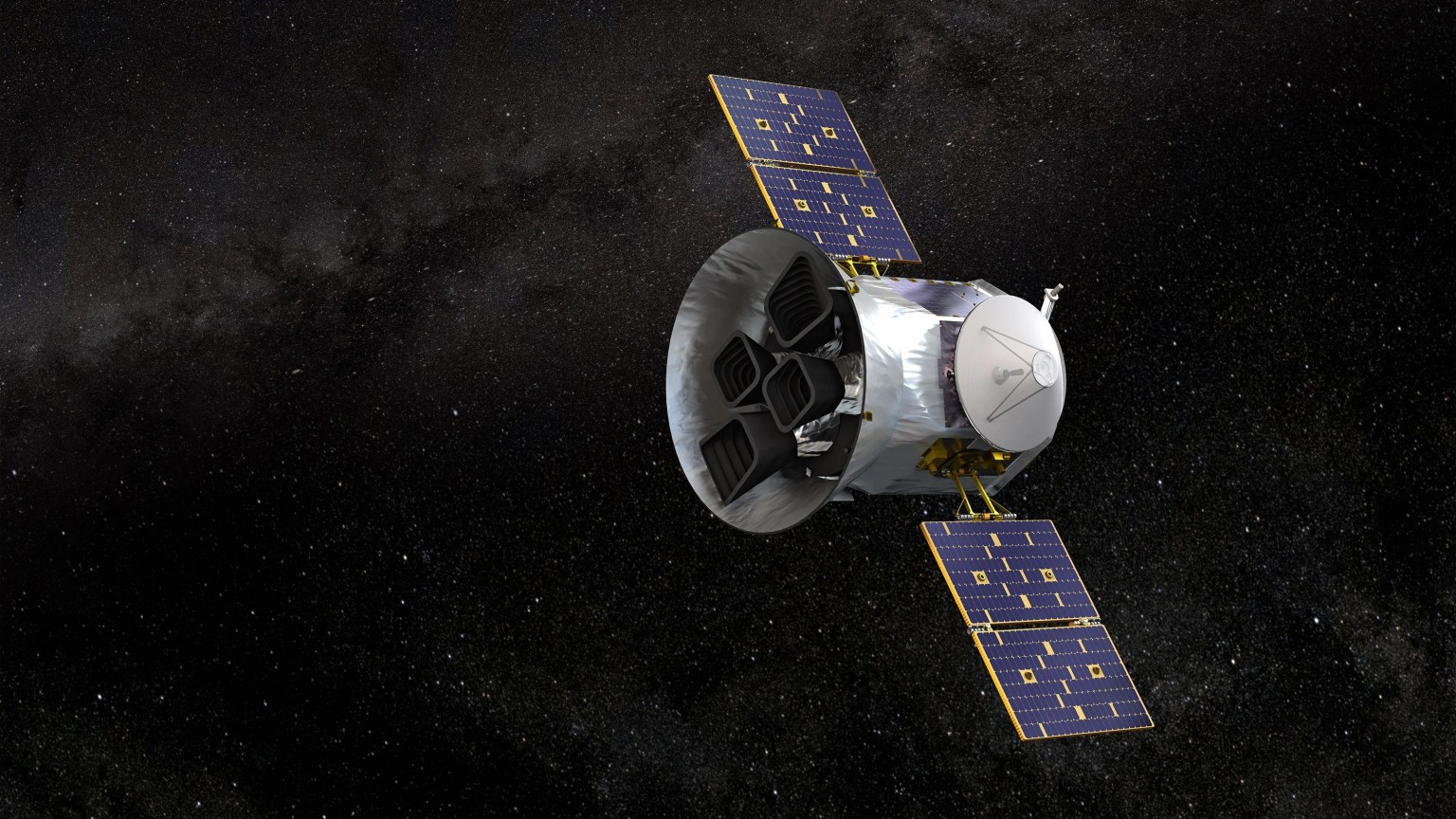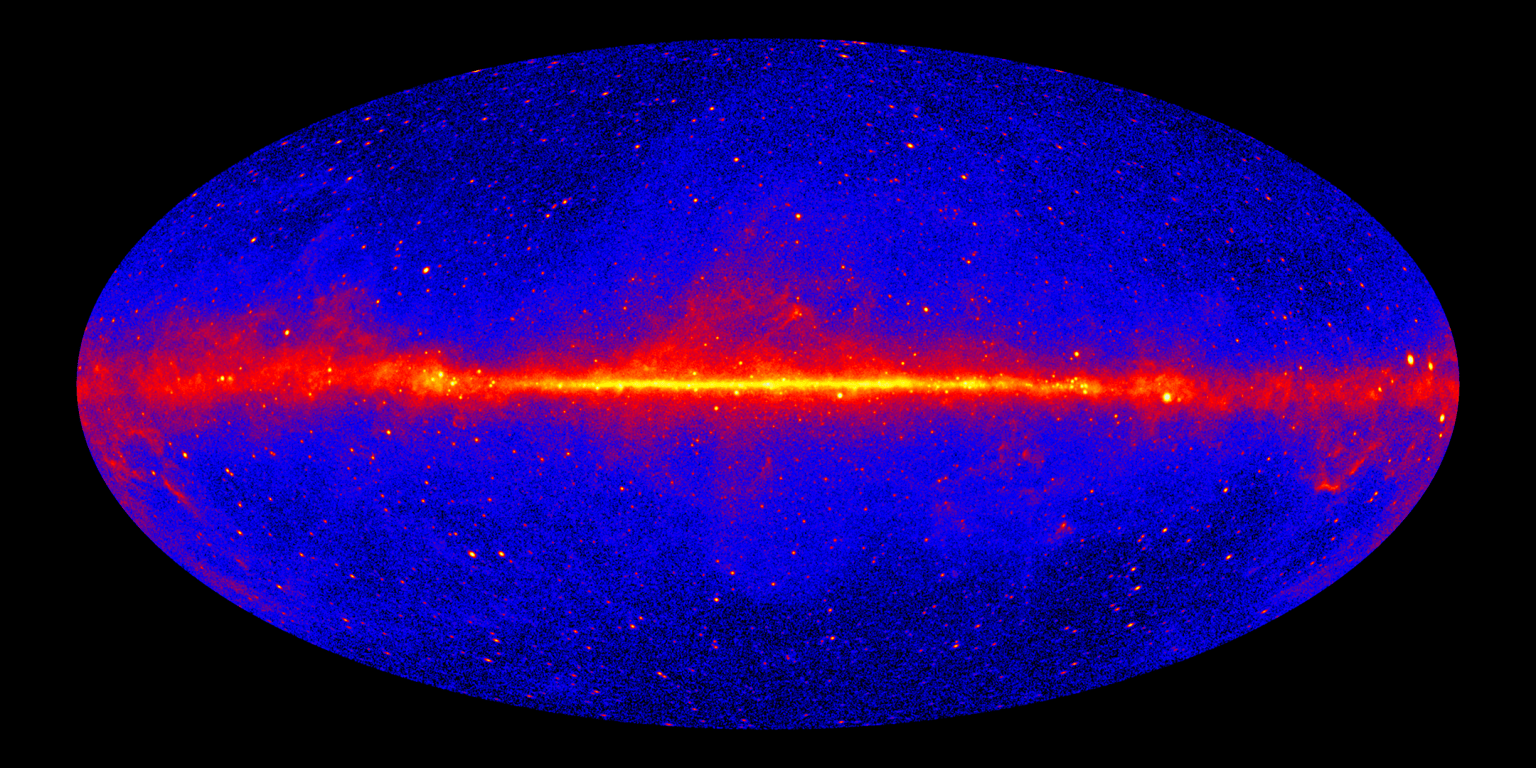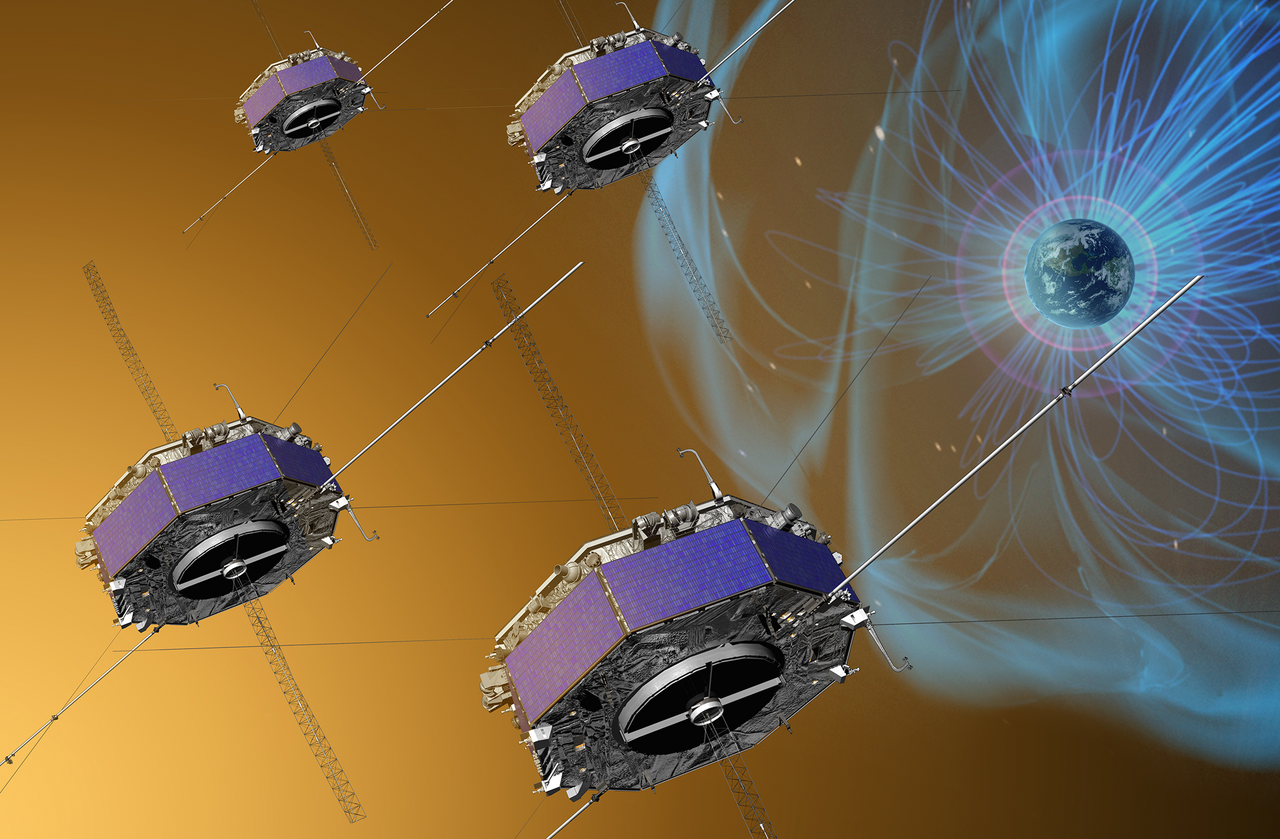Space Science Mission Operations
The Space Science Mission Operations (SSMO) manages operations for heliophysics, astrophysics, and planetary science missions. SSMO is also involved in mission concept development, ground system development, integration and testing, and operations readiness preparations.
Astrophysics Missions
- Fermi is a powerful gamma ray space observatory that has opened a wide window on the universe. With a huge leap in all key capabilities, Fermi data is enabling scientists to answer persistent questions across a broad range of topics, including supermassive black-hole systems, pulsars, the origin of cosmic rays, and searches for signals of new physics. Launched June 11, 2008
Official FGST Website - Swift is a first-of-its-kind multi-wavelength observatory dedicated to the study of gamma-ray burst (GRB) science. Its three instruments work together to observe GRBs and afterglows in the gamma-ray, X-ray, optical, and ultraviolet wavebands. Launched November 20th, 2004
Official SWIFT Website - Transiting Exoplanet Survey Satellite (TESS) is a two-year survey that will discover exoplanets in orbit around bright stars. Launched April 18, 2018
Official TESS Website
Heliophysics Missions
- Advanced Composition Explorer (ACE) measure and compare the composition of several samples of matter, including the solar corona, the solar wind, and other interplanetary particle populations, the local interstellar medium (ISM), and galactic matter. Lauched August 25, 1997
Official ACE Website - Aeronomy of Ice in the Mesosphere (AIM) is the first mission dedicated to exploration of mysterious ice clouds that dot the edge of space in Earth’s polar regions. These clouds have grown brighter and more prevalent in recent years and some scientists suggest that changes in these clouds may be the result of climate change. Launched April 25, 2007
Official AIM Website - GEOTAIL fulfilled Its original objective of studying the dynamics of the Earth's magnetotail over a wide range of distance, extending from the near-Earth region to the distant tail. It has provided data on most aspects of the solar wind interaction with the magnetosphere. Launched July 24, 1992
Official GEOTAIL Website - Interstellar Boundary Explorer (IBEX) provides measurements helping to understand the nature of the interactions between the solar wind and the interstellar medium at the edge of our solar system. Launched October 19, 2008
Official IBEX Website - Ionospheric Connection Explorer studies the frontier of space: the dynamic zone high in our atmosphere where terrestrial weather from below meets space weather above. Launched Oct. 10, 2019
Official ICON Website - Interface Region Imaging Spectrograph (IRIS) fills a crucial gap in our ability to advance Sun-Earth connection studies by tracing the flow of energy and plasma into the corona and heliosphere for which no suitable observations exist. Launched June 27, 2013
Official IRIS Website - Magnetospheric Multiscale Mission (MMS) investigates how the Sun’s and Earth’s magnetic fields connect and disconnect, explosively transferring energy from one to the other in a process that is important at the Sun, other planets, and everywhere in the universe, known as magnetic reconnection. Launched March 13, 2015
Official MMS Website - Parker Solar Probe (PSP) uses Venus’ gravity during seven flybys over nearly seven years to gradually bring its orbit closer to the Sun in order to unlock the mysteries of the Sun's atmosphere. Launched Aug. 12, 2018
Official PSP Website - Solar Dynamics Observatory (SDO) is designed to help us understand the Sun's influence on Earth and Near-Earth space by studying the solar atmosphere on small scales of space and time and in many wavelengths simultaneously. Launched February 11, 2010
Official SDO Website - Solar & Heliospheric Observatory (SOHO), has provided an unprecedented breadth and depth of information about the Sun, from its interior, through the hot and dynamic atmosphere, to the solar wind and its interaction with the interstellar medium. Launched December 2, 1995
Official SOHO Website - Solar TErrestrial RElations Observatory (STEREO) consists of two space-based observatories - one ahead of Earth in its orbit, the other trailing behind. With this new pair of viewpoints, scientists will be able to see the structure and evolution of solar storms as they blast from the Sun and move out through space. Launched October 25th, 2006
Official STEREO Website - Time History of Events and Macroscale Interactions during Substorms (THEMIS) aims to resolve one of the oldest mysteries in space physics, namely to determine what physical process in near-Earth space initiates the violent eruptions of the aurora that occur during substorms in the Earth's magnetosphere. Launched Feb. 17, 2007
Official THEMIS Website - Thermosphere, Ionosphere, Mesosphere Energetics and Dynamics (TIMED) observes the dynamics of the upper regions of Earth’s atmosphere – comprising the mesosphere, thermosphere and ionosphere. Launched Dec. 7, 2001
Official TIMED Website - Van Allen Probes (formerly known as the Radiation Belt Storm Probes (RBSP) study two extreme and dynamic regions of space known as the Van Allen Radiation Belts that surround Earth. Launched August 30, 2012
Official Van Allen Probes Website - WIND's objective is to measure the properties of the solar wind before it reaches the Earth. It provides complete plasma, energetic particle, and magnetic field input for magnetospheric and ionospheric studies. Launched November 1, 1994
Official WIND Website
Planetary Missions
- Lunar Reconnaissance Orbiter (LRO) returned to the moon, enabling new discoveries and bringing the moon back into the public eye. LRO is a robotic mission that set out to map the moon's surfaces and it’s observations have enabled numerous groundbreaking discoveries, creating a new picture of the moon as a dynamic and complex body. Launched June 18, 2009
Official LRO Website - Mars Atmosphere and Volatile EvolutioN (MAVEN) is part of NASA's Mars Scout program, funded by NASA Headquarters. Launched in Nov. 2013, the mission will explore the Red Planet’s upper atmosphere, ionosphere and interactions with the sun and solar wind. Launched November 18, 2013
Official MAVEN Website - Origins, Spectral Interpretation, Resource Identification, Security-Regolith Explorer (OSIRIS-REx) will bring a sample back of the near-Earth asteroid called Bennu. The mission will help scientists investigate how planets formed and how life began, as well as improve our understanding of asteroids that could impact Earth. Launched September 8, 2016
Official OSIRIS-REx Website

